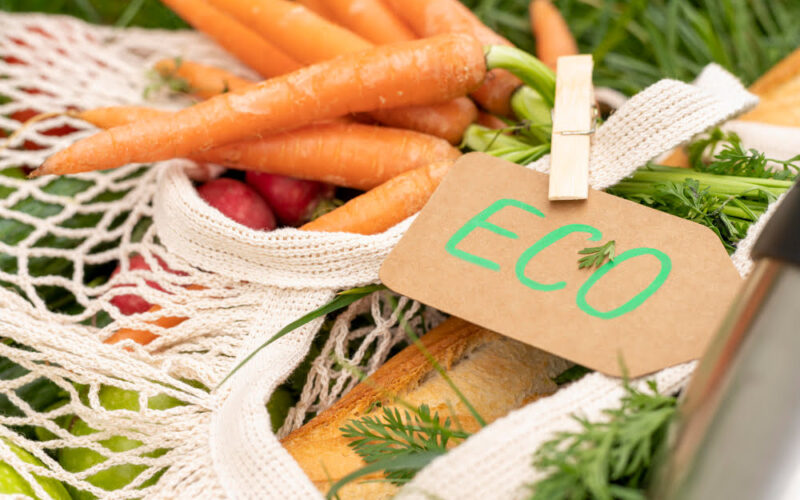Introduction
“Is our food sustainable?” This is an important question that has become more common as people become more interested in their eating habits and the environmental effects of food processing. Food now accounts for approximately 25% of greenhouse gas emissions into the atmosphere.
What Is Sustainability?
Food sustainability entails producing food in a way that protects the environment, efficiently uses natural resources, allows farmers to be self-sufficient, and improves the quality of life in food-producing communities, which includes not only animals but also people. This concept is at the heart of the movement to address the fact that our global food system requires far more resources than it receives from our global food system (Alfaro, 2022).
Why Is It Important?
For many reasons, food sustainability is important, and it is interrelated with everything. But that’s why it’s most important to determine the human ability to produce enough food for future generations as well as everyone living on Earth today. At present, we don’t already have enough food to feed the world’s population. And because the population is expected to grow more and more, food production will have to increase more to feed this large population (Alfaro, 2022).
More ways to support food sustainability
Local Meals: If your food is locally sourced, delivering it to you and refrigerating it as it travels will use little energy. Fewer emissions are produced when goods are delivered over short distances.
Eating Seasonal Food: This is closely related to eating local food because eating seasonal food locally will always be the same as the season you are in.
Eating a variety of foods promotes agricultural diversity, which benefits the environment.
Reducing Garbage: More than 40% of food in the United States is thrown away. This means that all of the resources used in the food production process are being discarded (Alfaro, 2022).
What key factors should we consider?
Hidden costs
Food grown in harmony with nature is generally much more expensive than standard rates for other foodstuffs.
Many people are hesitant to eat more environmentally friendly, healthier foods as a result of this.
Inadequate education
According to Holden, children have little or no knowledge of agriculture or sustainable agricultural skills.
Researchers agree that children should begin learning about healthy nutrition and food sustainability in elementary school.
Land
Agriculture covers 38% of the earth’s land surface, and the world’s growing population is putting a strain on this limited resource.
Traditional agricultural practices have resulted in carbon and biomass losses, as well as land degradation.
“A strategy is required to maximize farm productivity while minimizing the potential environmental impact of excessive habitat loss and abuse of natural resources such as soil and water,” according to the FAO (Smiley, 2021).
Conclusion
Our population is growing, and the food resources available to us are limited, so we must make food sustainability a priority in order to ensure food security for future generations as well as those who exist today. We can also try it in our daily lives in a simple way, so let’s practice together.
References
Alfaro, D. (2022). Food Sustainability. [online] The Spruce Eats. Available at: https://www.thespruceeats.com/food-sustainability-5217551 [Accessed 19 January 2023].
Smiley, J. (2021). Food sustainability: Challenges and strategies. [online] www.medicalnewstoday.com. Available at: https://www.medicalnewstoday.com/articles/sustainable-gastronomy-can-food-abundance-be-sustainable#What-key-factors-should-we-consider? [Accessed 19 January 2023].
